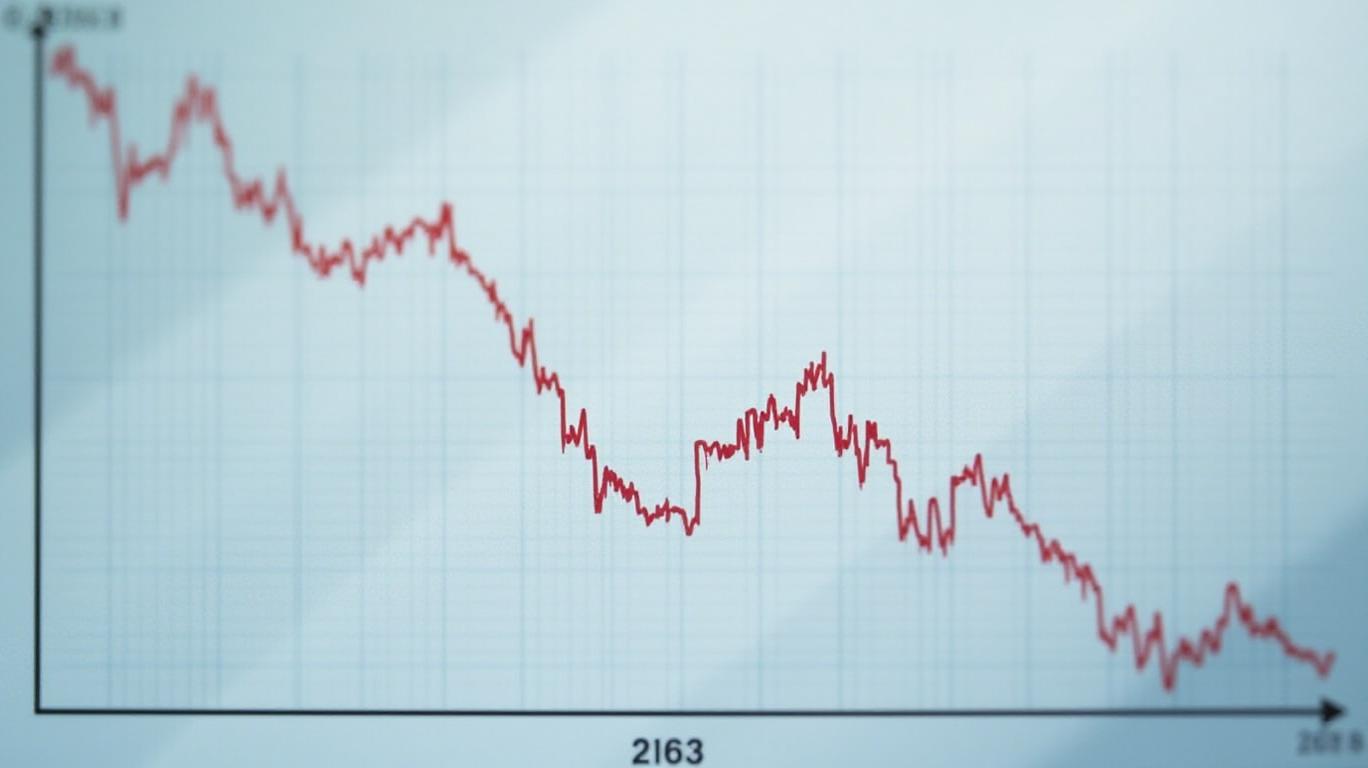Mainova's Dividend: Value or Illusion? Navigating Cash Flow Risks and Share Dilution
Is Mainova AG’s (LTS:0NDT) €10.84 dividend—yielding 3.1%—a reliable reward for income investors, or does it mask unsustainable financial engineering? The answer lies in reconciling its seemingly robust earnings coverage with glaring cash flow shortfalls, while weighing the risks of shareholder dilution. Let’s dissect the numbers to uncover whether this yield is a hidden opportunity or a trap waiting to spring.
The Disconnect: Earnings vs. Cash Flow
Mainova’s dividend appears affordable at first glance. With 2024 earnings of €304 million, its payout ratio (dividend/earnings) is just 17.56%, suggesting ample coverage. Yet this narrow focus ignores the critical flaw: negative free cash flow (FCF).
- 2022: -£119.94 million
- 2023 TTM: -£334.26 million
- 2024: -€43.01 million
This trend reveals a stark reality: operating cash flow consistently trails capital expenditures. For 2024 alone, CapEx of €480.48 million outpaced operating cash flow of €437.46 million, draining liquidity. A dividend funded by earnings but not FCF risks becoming a mirage if earnings falter or debt rises.
Share Dilution: A Silent Erosion of Value
Compounding the cash flow concerns is aggressive share issuance. Over the past year, Mainova issued shares equivalent to 20% of outstanding shares, diluting existing shareholders’ stakes and dividend potential.
This move—likely to fund CapEx or refinance debt—weakens the dividend’s sustainability. A 20% dilution reduces the per-share dividend’s value and signals financial strain. Investors must ask: Is this growth worth the cost?
Dividend Track Record: Stability or Smoke and Mirrors?
Mainova boasts a decades-long dividend history, but recent actions cast doubt. The trailing twelve months (TTM) to June 2023 showed zero dividend payments, marking an abrupt halt after years of consistent payouts. While the 2024 dividend resumed at €10.84, it arrives amid a -1.84% FCF yield, a red flag for cash-generative sustainability.
Valuation: Overpriced for a Cash-Starved Utility?
With an enterprise value (EV) of €3.23 billion and a debt/FCF ratio of -21.90, Mainova’s valuation hinges on assumptions of future FCF improvement. Yet its 5-year average FCF per share growth rate of -1.85%—fluctuating between extremes—suggests no clear turnaround.
The EV/FCF ratio of -75.11 underscores the disconnect between its market cap and cash generation. For regulated utilities, steady cash flows are non-negotiable. Mainova’s negative FCF suggests it may be borrowing to fund both growth and dividends, a risky balancing act.
The Bottom Line: Value Trap or Hidden Gem?
The 3.1% yield is undeniably tempting, but the risks outweigh the rewards. Key takeaways:
1. Cash Flow Crisis: Negative FCF for three years signals poor capital allocation or over-leverage. Without a path to positive FCF, dividends could be slashed.
2. Dilution Damage: Share issuance erodes equity and future dividend potential, making it harder to recover value.
3. Valuation Reality Check: The EV/FCF ratio and debt burden suggest overvaluation for a firm struggling to generate cash.
Investment Decision: Proceed with Extreme Caution
While Mainova’s regulated utility business offers stable revenue streams, the numbers paint a precarious picture. The dividend’s sustainability hinges on:
- A reversal of FCF trends, requiring CapEx cuts or revenue boosts.
- A halt to dilutive share issuance.
- Debt reduction to avoid liquidity crises.
Until these materialize, the 3.1% yield is a value trap for all but the most risk-tolerant investors. Proceed only if you can stomach the possibility of dividend cuts or a plunging share price.

In a market hungry for yield, Mainova’s dividend offers a siren song. But investors would be wise to heed the warning signs—and look elsewhere for safer income streams.

Comments
No comments yet